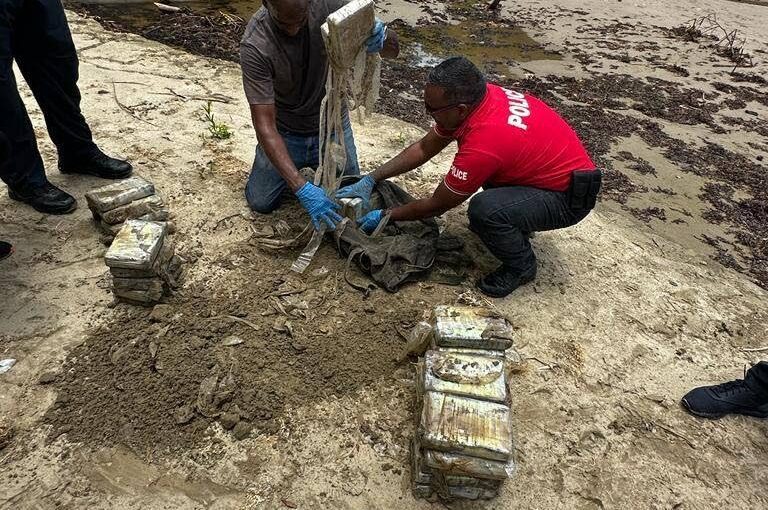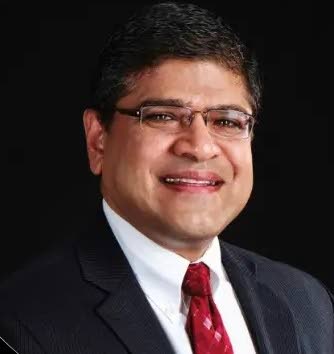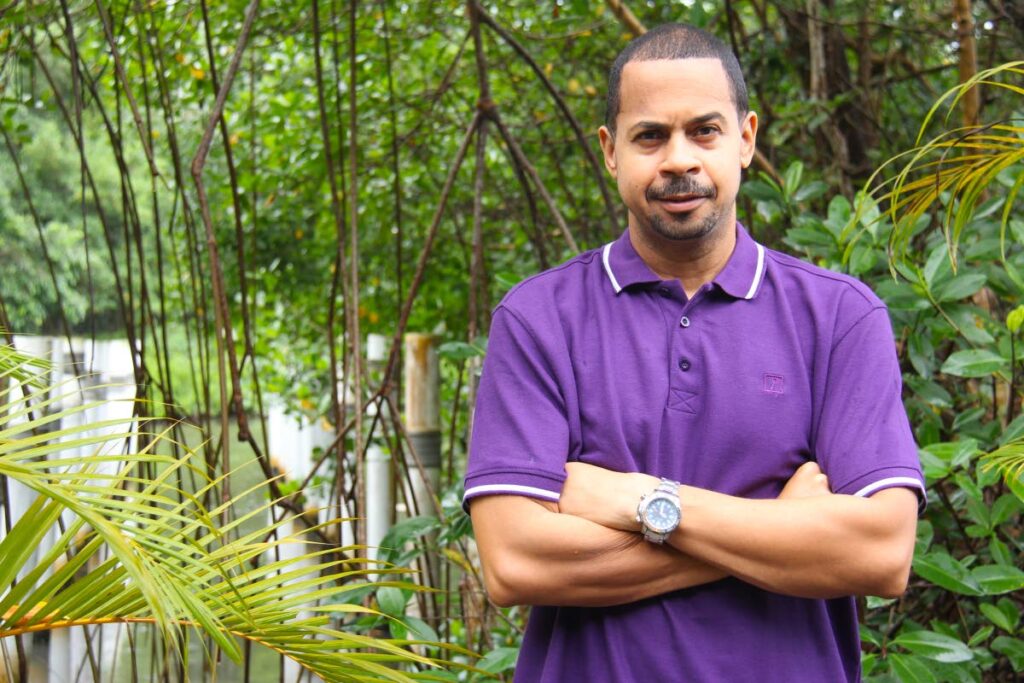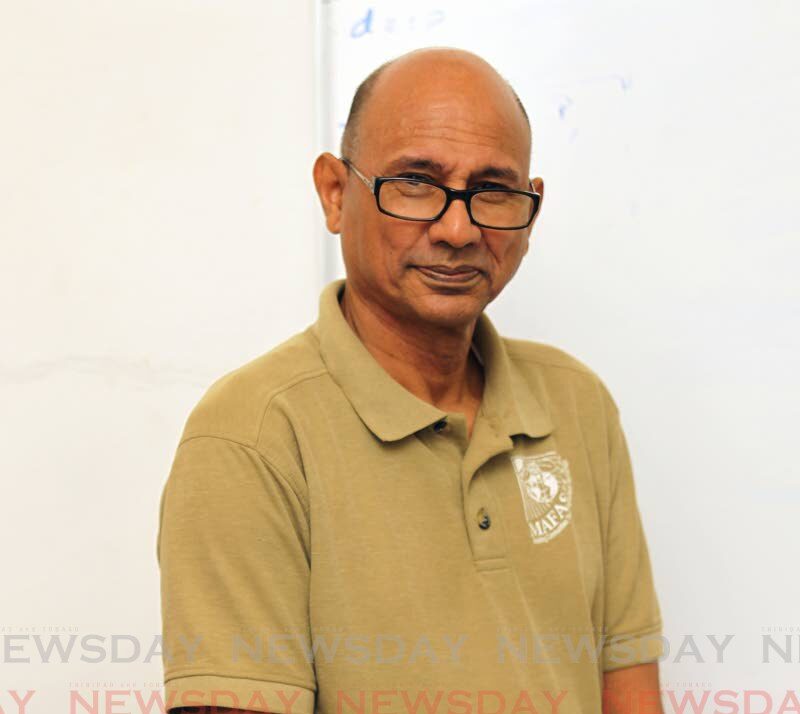UN report: Venezuelan gangs muscling in on Trinidad and Tobago crime
Written by Sean Douglas on September 4, 2024

VENEZUELAN criminal gangs are participating in serious crime in Trinidad and Tobago, both in competition and collaboration with local gangs, said a UN report publicised on September 2, titled Caribbean Gangs: Drugs, Firearms and Gangs (sic) Networks in Jamaica, St Lucia, Guyana and TT.
The report listed the types of crimes engaged in by Venezuelan criminals as extortion, human trafficking and the smuggling of illegal drugs and guns.
It said TT had a “thriving” drug trade, serving as “a major transit point for cocaine and cannabis.”
This country was well-regarded by organised crime networks owing to its location just 11 kilometres from Venezuela and its position outside the hurricane belt, which allows for year-around trafficking, the report said.
“What is more, strong cultural ties in southern Trinidad with Venezuela have ensured that the coastal region, including Icacos, Cedros, and Moruga, are sites of extensive trafficking of drugs, guns and migrants.
“The country has long been affected by drug transshipment and trafficking and high rates of violent crime.”
The report said the TT Coast Guard struggles to screen maritime traffic, its interdiction rates also undermined by its limited co-operation with its Venezuelan counterpart, the Guardia Nacional. “The primary supply route for drugs to TT is Venezuela and to a lesser extent Guyana and Suriname, with drugs travelling by commercial freight, private go-fast boats and fishing vessels.”
The report said despite a perception among people that drug trafficking has increased in recent years, seizures had dropped.
“While cannabis seizures increased from 2,890 kilogrammes in 2019 to 3,487 kilogrammes by 2021, they plummeted to 584 kilogrammes in 2022. Cocaine seizures also initially remained stable, from 320 kg in 2019 to 221 kilogrammes in 2021, and then declined to just 20 kilogrammes by 2022.”
Saying TT had reported significant seizures in the past, the report said, “It is likely that these (current) figures significantly underestimate the extent of drug transshipment and trafficking in TT.”
Yet the report also highlighted two big seizures last year, which “suggest the drug economy is a thriving.”
Last year May, the police with help from the US Drug Enforcement Agency (DEA) seized 168 kilogrammes of cocaine in Chaguaramas heading to the US. In August 2023, some 46 kilogrammes of cocaine washed ashore in areas including Manzanilla and Mayaro after the capsize of a boat said to contain three tonnes of cocaine.
“The police also detected cocaine packed into car parts destined from TT for Antigua.”
Amid reports of some guns from Venezuela entering TT, the report said the vast majority of weapons used by criminal groups and gangs were reportedly sourced from the US.
“Some handguns and assault rifles were suspected of being exchanged in ‘guns for drugs’ and ‘guns for food’ trade with Venezuelans, though the extent of the trafficking is unclear.”
Firearms from the US come directly to TT or via countries like Puerto Rico and the Dominican Republic.
“Assault rifles are also increasingly common, due to high local demand, low cost, and the ease of moving products through customs and excise.”
The report noted “very limited prosecutions, of high-level dealers, brokers, and shippers,” who facilitate the illegal firearm trade.
It noted police estimates of 8,154 illegal firearms in circulation in Trinidad, with roughly 600 seized yearly. Some 4,376 firearms were seized from 2017-2021.
Saying TT’s drug trade in the 1980s/1990s was run by a few drug kingpins, it named the late Nankissoon “Dole Chadee” Boodram.
“There were reports at the time of high-level collusion between drug traffickers and senior police officials.
“Reports have also emerged of possible involvement of Jamaican criminal groups operating out of TT since the 1990s.”
A growing concern in TT was the greater presence of Venezuelan gangs, some reportedly smuggling firearms.
In a focus on Venezuelan gangs, the report said per capita, TT had the highest number of Venezuelan migrants in the world. TT has taken in 60,000 Venezuelans since 2015, exceeding the 16,523 legally registered in TT.
“While studies suggest that migrants are no more likely to commit crime than locals, the capture of a high-level gang member in 2019 set off alarm bells.
“Authorities arrested Darwin ‘El Culón’ García Gibori, the leader of the Evander gang, along with seven other Venezuelans and a Trinidadian fisherman, in Port (sic) Fortin, in southern Trinidad. The gang is involved in both extortion of boats carrying Venezuelan migrants as well as ferrying drugs and arms.”
García Gibori was later jailed for five years by a Point Fortin magistrate after pleading guilty to gun charges. Evander – the Deltano Liberation Front – has embedded members in TT gangs, the report said, citing police and immigration sources.
“There are also concerns that some former gang members provide services to various gangs, including Muslim in Port-of Spain, as well as gangs in Port Fortin and Chaguanas.
“Gangs may be involved in drugs and weapons, but also prostitution.
“Evidence of tensions between local gangs and Venezuelan groups is also appearing, as Trinidadian middlemen, who had previously facilitated drug and firearms trafficking, are being sidelined.”
The report said TT last year had 186 local gangs of 1,700 members, compared to 211 gangs of 2,450 members in 2019. Most street gangs were linked to an umbrella gang, a top-level gang which sets terms of engagement on the streets and in prison, such as the Muslim and Rasta City (Seven) gangs. In the East-West Corridor, smaller gangs were challenging dominant gangs.
“A relatively small number of larger gangs are heavily involved in the drugs and firearms trade, and have also diversified into criminal activities such as human trafficking from Venezuela, contract killings (in TT and abroad including neighbouring countries and as far away as Angola), kidnapping, extortion, illegal quarrying, ATM fraud, and racketeering.”
The report said the rise in violence and development of gang culture was owing to “intergenerational impoverishment that causes social vulnerability.” Half of gang members are aged 19-25 and half are over 25, the report said. A drop in age of the gang members has led to more violence between gangs.
“Public contracts are widely recognised to feed organised crime.
“Arrests and prosecutions of higher-level gang members are rare, with low-level rank and file often convicted instead.”
The report claimed the police must ask help from gang leadership to identify suspects, amplifying gang-leaders’ legitimacy and creditability.
High levels of police corruption add to community reluctance to co-operate.
“Finally, the closed and proximate nature of communities also affect police willingness to prosecute gangs, not least because gangsters know where police and their families live.”
The introduction to the report spoke of “business elites” and “organisations” linking the drug-trade between different countries.
“While most gangs are parochial, a small number of transnational criminal organisations are key facilitators of the drug trade throughout the Caribbean.
“Generally, such organisations facilitate transshipment of narcotics and firearms throughout the Caribbean and will be more likely to be connected to criminal organisations in North America, South America, and Western Europe.”
The report said some business elites facilitate gang and trafficking activities in the Caribbean.
“While criminally involved actors may be recognised within these communities as ‘open secrets,’ publicly available information regarding these entities and their activities is likewise extremely limited.”
The post UN report: Venezuelan gangs muscling in on Trinidad and Tobago crime appeared first on Trinidad and Tobago Newsday.




